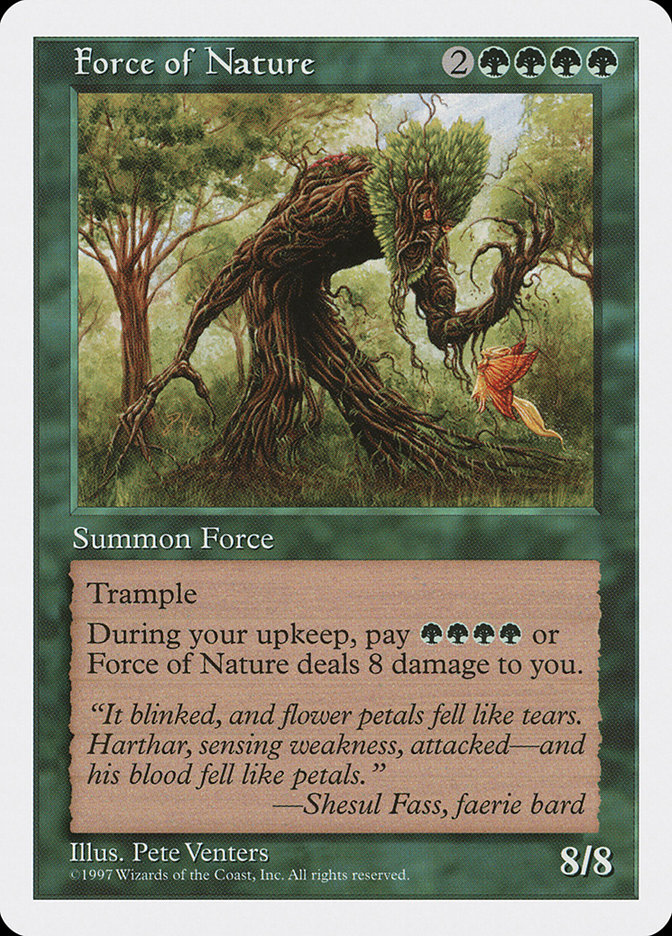

Further north, theīritish would launch a diversionary assault near the French town of Arras - seeking to pin down German resources there, to give the French a greater chance of success in Champagne. With this in mind, in April 1917, the French armies under their newly appointed commander General Robert Nivelle, made plans to launch a massive offensive against German lines in the Champagne region of France, around the Aisne River. Germany to focus more of its forces on the Western Front.

A Russian withdrawal would effectively bring the war to an end in the East, allowing The Russian Revolution was also underway, with the revolutionists threatening to pull Russia (one of the key Allied nations) out of the war. Time was of the essence: all the armies were depleted from years of fighting and struggling to fill their In the spring of 1917, the French and British planned a new offensive in the hope of breaking through the German lines and ending the stalemate. Millions of soldiers on both sides had been killed and wounded in battles that brought the war no closer to an end. On the Western Front - a vast line of trench works stretching from the North Sea through Belgium and France to the Swiss border.

The opposing Allied and German armies were stuck in a stalemate Part of Arras Offensiveīy 1917, after three years of fruitless slaughter, the First World War had become a struggle of attrition. Canadian machine gunners dig themselves into shell holes on Vimy Ridge, France, April 1917 (courtesy Library and Archives Canada/PA-1017).


 0 kommentar(er)
0 kommentar(er)
